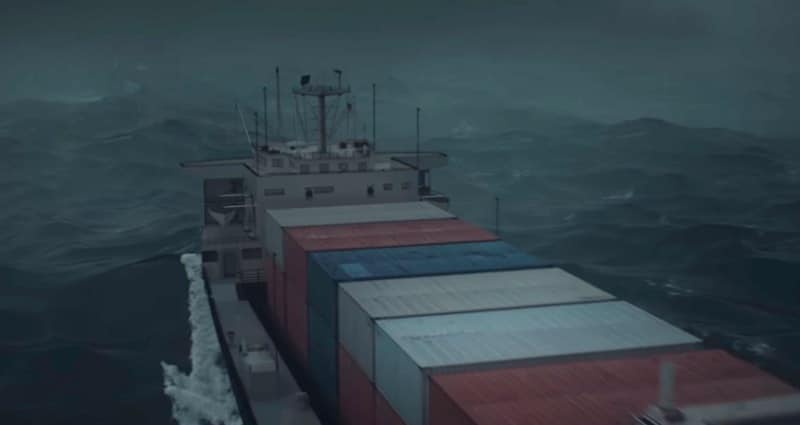
The MS München vanished without a trace with 27 crew on board and a cargo of steel in 1978.
But what exactly happened to her became the subject of huge debate.
Mysteries of the Missing on Science Channel tonight looks at whether the vessel was hit by a massive rogue wave so big that some experts thought it “impossible”.
Stories of enormous waves that crop up in open seas had long been part of maritime folklore — mysterious walls of water that emerge from nowhere and destroy ships designed to withstand the worst storms.
The MS München was the pride of the merchant navy fleet. Said to be unsinkable, this sturdy six-year-old ship ran two football fields in length was thought to be fit for any rough sea weather.
But on December 7, 1978, while travelling from Bremerhaven, Germany, to Savannah, Georgia, the München vanished.
Prior to her disappearance, the ship’s crew had issued a distress call saying that the seas were rough.
A massive search took place, but came up blank. Then two months after intense searches, the München’s starboard lifeboat was found.
The pins that had secured it to the vessel 60ft above the water line had been twisted in a way that suggested a monster wave had slammed the boat.
But it would have had to have been at least 70ft in height — a wave bigger than any ever on record and one thought impossible by scientists and ship builders alike.
Mysteries of the Missing, hosted by Terry O’Quinn, investigates the case, interviewing top experts and exploring the evidence provided by the lifeboats that were found.
Was the massive cargo ship destroyed by a wall of water so big and so sudden that the crew had little to no time to call for help?
Mysteries of the Missing airs Saturdays at 10pm ET/PT on Science Channel